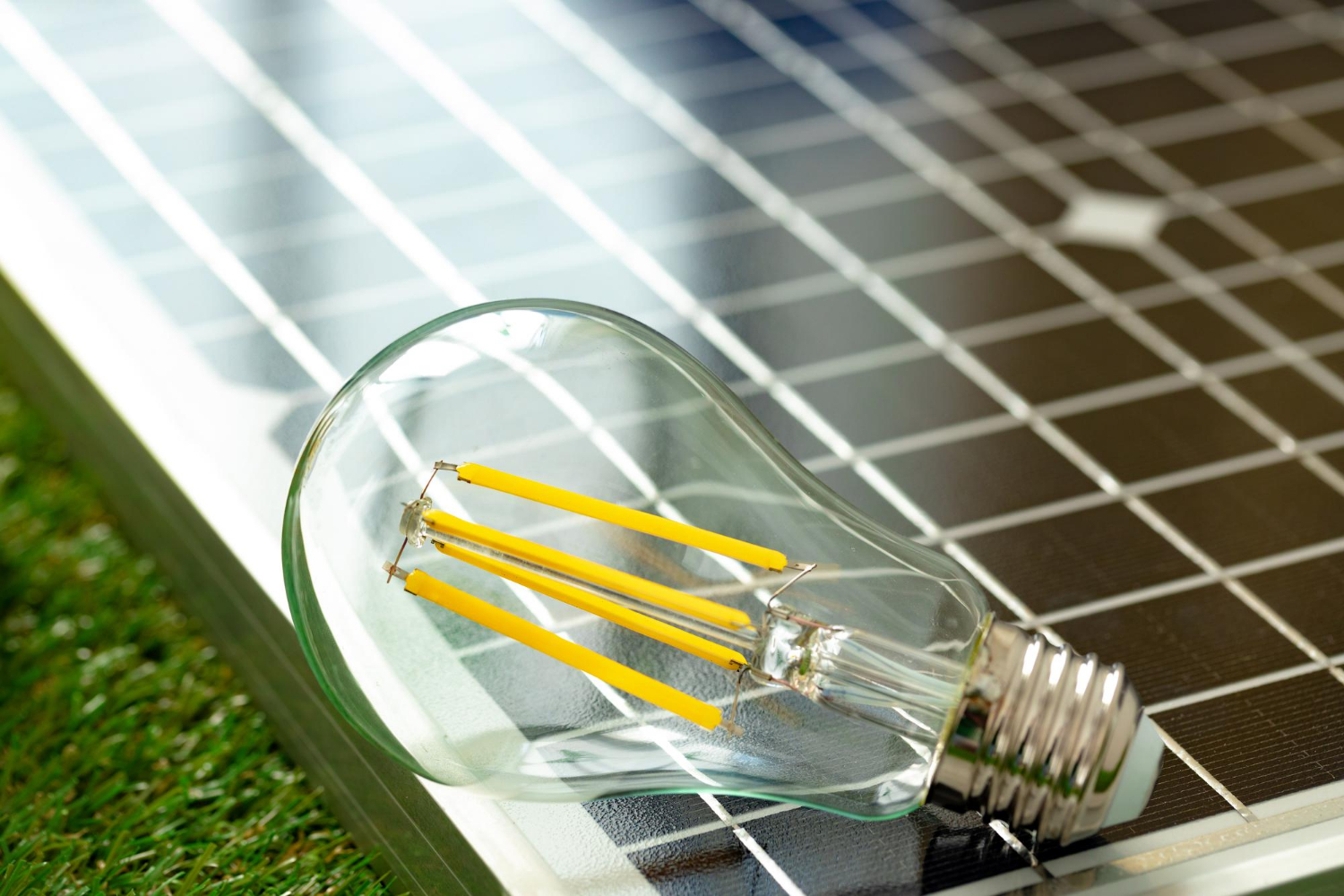
How does our solar lighting work?
The general principle of the Solar Powered Lighting system is that the 12/24 VDC energy obtained from solar panels during the day is stored in the batteries and the energy stored with the night is spent on the lighting fixtures.
Application areas of solar lighting systems:
• Park and garden lighting fixtures
• Street and alley lighting
• Factory, workplace, shopping mall, university gardens and parking lots
• Traffic Signalization, safety systems
• Totem, billboard, bus stop lighting
• Gas stations
• Emergency lighting
• Decorative lighting in the city
It can be used in many areas such as.
Equipment Used in Solar Powered Lighting and General Operation Pensibi:
To understand the solar energy system in general; We can think of the solar panel as a water source that fills the tank with water, the battery as a tank (pool) and the lighting fixture as a valve that empties this tank. The charge regulator in this case is a full and empty float.
• Armature: In particular, high efficiency light sources should be used. This should reduce the amount of energy consumed by the lamp. In other words, according to the principle we used above, it is the unit that consumes water from the pool.
• Solar Panel: Since the solar panel is the generator of the system, it must be designed correctly. Panel calculation should be calculated according to the region used and the way of use. For a panel that has to work in the winter months in Trabzon region, the insolation rates for winter conditions should be taken as a basis.
• Battery: The battery is the storage for these systems. The larger the tank, the longer it will burn without the sun. We call the burning time of the lamp over the battery without the sun autonomy.
In a system calculation, we encounter a lot of requests from customers to have a large battery. However, according to them, a large battery is perceived as a device or lighting power to be used a lot. However, this is not the case. Let’s say we have a 100 lt pool, that is, a 100Ah battery. A panel with 100 W power. Our 100 W panel adds an average of 20 liters of water to the pool daily with 4 hours of sunbathing. (If there is space in the pool) The battery in the system, that is, the pool cannot explain the following situation. 20 lt of water enters a 100 lt full pool daily and 30 lt comes out. Is it possible? of course not. We are writing this article in this language that you will understand so that you can analyze the system correctly.
• Charge Regulator: The charge regulator is an electronic device that controls the current coming from the panel to the battery. It prevents the battery from overcharging and discharging. In addition, by sensing the panel surface as a sensor, it ensures that the lighting automatically turns on when it gets darker and automatically turns off when it gets brighter. Since our company produces charge regulators, we ensure that the lamps are dimmed at the specified hours in the regulators we produce through charge regulators.
Advantages of solar lighting systems:
• There is only an initial investment cost
• The operating cost is virtually non-zero, so that it is necessary to change the battery every 5 years.
• Electrical losses are low if the correct system is installed
• Easy to assemble
• No external dependency
• AC/DC electricity generation according to need
Harun YARDIMCI
